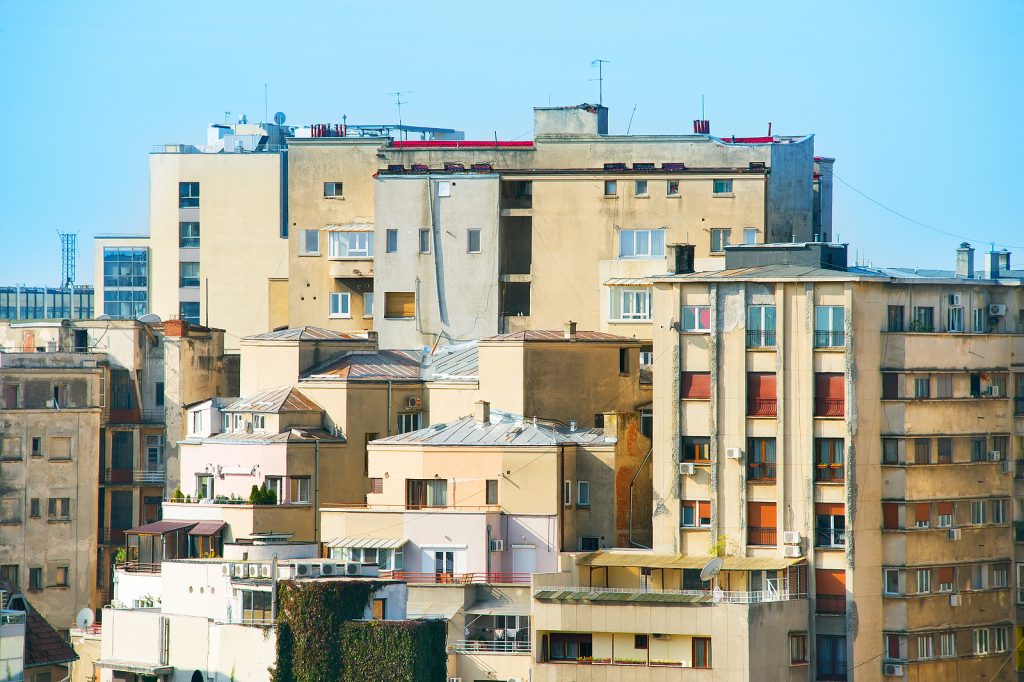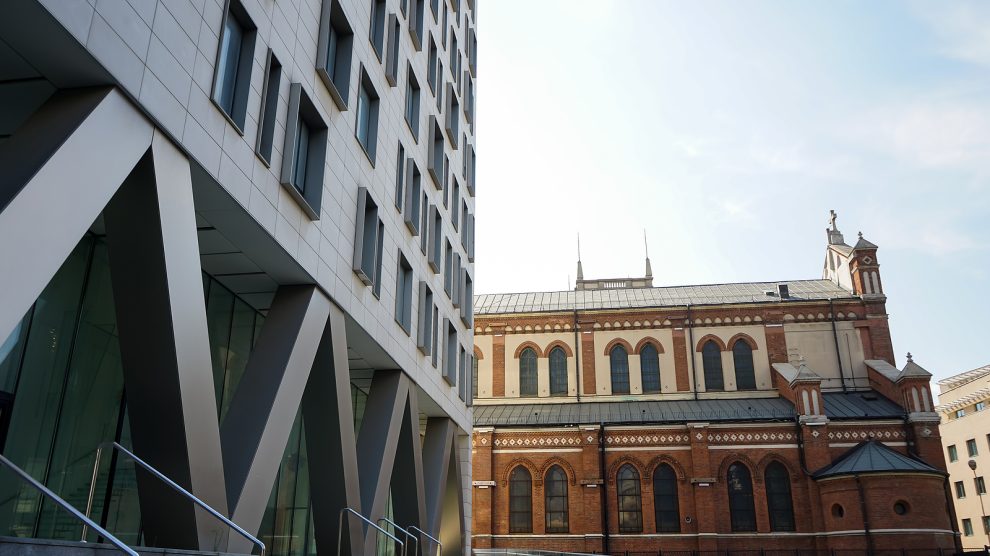An earthquake in Turkey has left residents of Romania’s capital – its mayor included – with much to ponder.
Some years ago a good friend of your correspondent was in the market for a new Bucharest office. Among many viewings, one brand new building in particular took his fancy. Well located, it boasted generous amounts of natural light and ample parking – always a bonus in the centre of the Romanian capital.
There’s just one problem with this building, said the letting agent, it has eight floors.
My friend asked why that would be a problem.
Because officially it’s only got six, replied the agent.
I was reminded of that brief exchange this week while watching the awful pictures from earthquake-hit Turkey and Syria, where the devastatingly high death toll has been at least partially blamed on building regulations which are often ignored with impunity bought from corrupt officials.
That so many of the apartment blocks which collapsed like decks of playing cards were new is all the evidence of corruption we need.
Not for the first time I began wondering about the fate of Bucharest should the city be hit by another major earthquake. The last, in March 1977, killed more than 1,500 people, including comedian Toma Caragiu, at the time the most popular actor in the country.
Located close to a major fault line, Bucharest has been shaken by several major earthquakes over the years. And yet where some countries learn from previous earthquakes in order to minimise future risk (Chile and Japan are two good examples), Romania is not that kind of place.
In 1940, more than 300 people died – most of them when the so-called Carlton Block, in Piața Universității, collapsed – in the first major quake of the modern era. Though few other buildings were fully destroyed, many were damaged, and it was the failure to consolidate these buildings effectively that led to the carnage of the 1977 quake.
In the wake of the 1977 earthquake, strict new rules were introduced for the construction of new buildings, although it’s anyone’s guess if they have been followed to the letter, particularly those built in the free-for-all which followed the 1989 revolution.
Even the consolidation of buildings damaged in 1940 and 1977 has not been fully (or properly) carried out. Many buildings in the city centre continue to display a red disc, declaring them to be at immediate risk of falling in Bucharest’s next big earthquake. People live and work in them regardless.
The current mayor of the city, Nicușor Dan, is one of few people to have held the post who actually recognises the danger Bucharest faces. Last month he asked Romania’s government for funding to consolidate 24 of the most at-risk buildings in the capital. It’s a start, but little more than a drop in the ocean: Bucharest has more than 350 buildings considered high-risk, and a further 1,600 considered “vulnerable”. Furthermore, those numbers are based on surveys carried out decades ago.
Some recent estimates claim that an earthquake measuring seven or higher on the Richter scale (which – like that in Turkey – happened at night) would lead to thousands of deaths.
Protecting what’s left
On Dan’s watch (he was elected in 2020) it has become difficult – too difficult, grumble some – to receive construction authorisations for new buildings. Developers are understandably unhappy, not least those who follow the rules: they believe they are being unfairly punished for the sins of their less-than-conscientious colleagues who build eight floors instead of six.
Dan recently won a major victory over the owners of Cathedral Plaza (pictured above), a 19-storey office building in central Bucharest, built illegally from 2006-10 just metres from St Joseph’s Cathedral, the city’s largest Catholic church.
Although a court decision allowing for the demolition of the building – which has never been occupied – has existed since 2013, previous mayors ignored it. When challenged, they cited outstanding legal issues. Those have now definitively been resolved, and the building will soon be no more. On whose dime it will be demolished remains to be seen.
Over the past few days Dan has been faced with a new foe: Toni Greblă, the prefect, or government representative, for Bucharest. Rumours began to circulate last week that Greblă – whose role, on paper at least, is purely administrative – would attempt to cancel the city’s urban planning laws by challenging them in court. Doing so would remove, at a stroke, most of the legal instruments at Dan’s disposal.
The mayor, not always the greatest communicator, for once responded clearly and quickly, listing the parks, small public squares, and historic houses that could disappear to make way for high rise office and apartment blocks should Greblă get his way. “Most of what’s left of historic Bucharest would be at risk,” he said. Fearing a public scandal, Greblă was forced to back down. At least for now.

A mayor in hot water
Not entirely popular with voters who blame him, amongst much else, for a lack of heating and hot water (Bucharest’s centralised thermal infrastructure is old, decrepit and had been neglected for decades), Dan says he is doing all he can. Some key pipes have been repaired and by next winter, he claims, there will be significant improvement to the city’s heating and hot water supplies. He has also won plaudits for restructuring the finances of a city that was close to bankruptcy.
Regardless, he will face a tough challenge to keep his job when local elections are held next year. Elected as an independent with the backing of two parties, the Liberal party and the Save Romania Union, who stood down their own candidates to make way for him, he is unlikely to receive such preferential treatment again.
In a first-past-the-post electoral system that favours large parties, not independent candidates, Dan will struggle to defeat his predecessor, the spiky Gabriela Firea (like Greblă a member of the Social Democrats), whose extravagant spending on frivolities left the city in debt. Currently Romania’s families minister, the return of Firea to the mayor’s office would probably delight many of Bucharest’s property developers.
Adopting earthquake risk and irresponsible property development as electoral issues in the wake of a tragic earthquake such as this week’s in Turkey would be highly cynical – and not altogether Dan’s style. But it’s clear, given the public reaction to the rumours that what’s left of historic Bucharest – not to mention its few green spaces – might open up to developers, that it would be a vote winner.
Unlike many news and information platforms, Emerging Europe is free to read, and always will be. There is no paywall here. We are independent, not affiliated with nor representing any political party or business organisation. We want the very best for emerging Europe, nothing more, nothing less. Your support will help us continue to spread the word about this amazing region.
You can contribute here. Thank you.



Add Comment